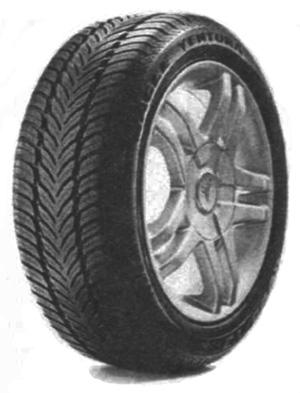
Tire rotation, alignment and balancing
Content
What is the difference between tire rotation, wheel alignment and tire balancing?
Changing tires can be costly and inconvenient, which is why tire repair and protection is so important. However, it can be difficult to distinguish between different tire fitting and determine when you might need them. Your Chapel Hill tire specialists are ready to help with this quick guide to tire swapping, balancing and tire balancing.
What is tire rotation?
The tread of your tires is what allows you to safely control, slow down and stop your vehicle on the road. Over time, front tire treads wear out faster than rear tires because they absorb the extra friction as the wheels turn. Tire rotation involves replacing tires so they wear more evenly, protecting your set of tires as a whole and keeping them running for as long as possible.
How often do I need to change tires?
The ideal tire speed may vary depending on the brand of tires, your vehicle's steering system, driving style, and road conditions in your area. On average, you will need to rotate every 5,000-8,000 miles. Consult your owner's manual for more information and consider keeping an eye on your tire tread to stay ahead of the required RPM.
What is tire balancing?
Road bumps, potholes, tire wear and other adverse conditions can throw your tires out of balance. Tire balancing is the process of smoothing out bumps on tires to ensure a smooth and comfortable ride. This is often done with matches. Match fitting is a tire balancing process that checks the condition of your wheels and matches the top and bottom points of the rim to the tires.
When do I need tire balancing?
Tire balancing is not a routine service, so tires should only be balanced when needed. You may say you need tire balancing if your car or steering wheel is shaking and vibrating while driving. These symptoms usually increase at higher speeds. You can also opt for periodic tire balancing if you have invested in specialty or expensive rims. Tire balancing can protect your rims by keeping your vehicle stable on the road and covering your rims evenly. If you are not sure if you need tire balancing, talk to a specialist at your local tire shop.
What is tire fitting?
Does your car feel like it's not going perfectly straight? Or maybe it seems to be drifting towards one side of the road? You may need to align wheels or tires. Wheel alignment is an automotive service that makes sure your tires are pointing straight ahead and aligned with the axle of your vehicle. Tire misalignment can lead to accidents, uneven tire wear and other dangerous driving situations. That's why it's important to find a tire professional who offers free wheel alignment checks and check your car at the first sign of camber problems.
When do I need a tire fitting?
Similar to tire balancing, cambering should be done as needed, not regularly. Signs and symptoms can be difficult to distinguish from tire balance problems, as vehicle and steering wheel shaking can be caused by alignment problems. One of the key differences is that misaligned tires often shift or pull the car and steering wheel to the same side. Still not sure if you need alignment? Read our five signs that you need tire alignment, or contact our tire experts today for information and a free camber check.
Tire fitting in Triangle
Whenever you need to rotate tires, balance or align, Chapel Hill Tire is here to help. We have eight offices in the Triangle area covering Chapel Hill, Raleigh, Durham and Carrborough. Visit a local Chapel Hill Sheena or book a tire shop right here online to get started!
Back to resources
